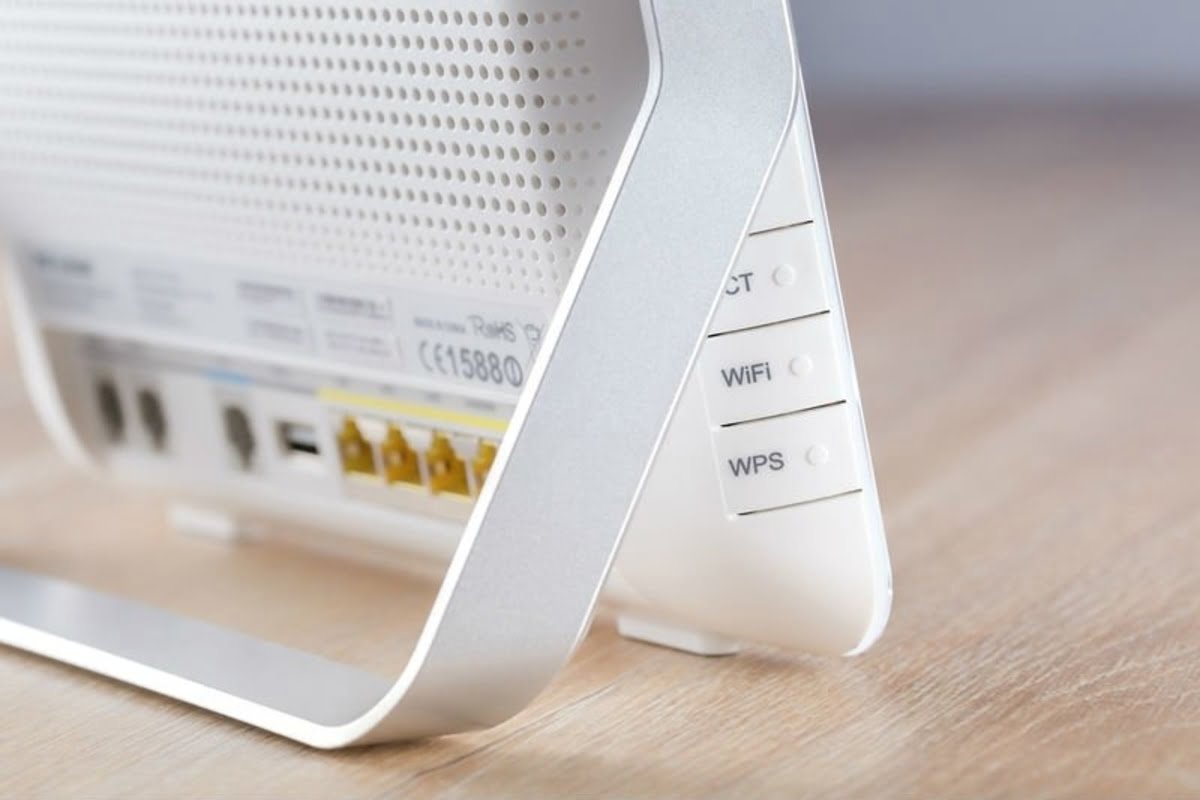
Sometimes setting up a new broadband connection for homes or businesses can be stressful. Due to ease of business and various incentives by the government, various broadband service providers have made their space in the market. All the service providers in the market compete with each other and offer various plans and packages to lure the customers. Not only this, but broadband service providers also offer different types of broadband connection to customers to fulfil their various internet needs. There are various types of a broadband connection which every customer must evaluate to ensure a fast and comfortable browsing experience. Here are all the types of broadband connection and their details which customers must evaluate before setting up a new broadband connection or switch their existing broadband connection type.
DSL Broadband
DSL stands for Digital Subscriber Lines which is the most common and famous wireline broadband connection. DSL technology transmits data over copper lines which are installed to homes and businesses. DSL broadband speed varies from several hundred kbps to Mbps. One of the significant features of DSL broadband connection is the internet speed. DSL broadband’s speed depends upon the distance between your home or business premises and the closest telephone company facility. In simple terms, if you are far away from the telephone company facility, you will witness the slower broadband speed, and in case if you are nearby, you will have a faster internet connection. DSL broadband connection has two different transmission technologies. One of them is asymmetrical digital subscriber line (ADSL) whereas the second one is symmetrical digital subscriber line (SDSL). In ADSL customers get higher download speed than upload speed for hassle-free browsing whereas in SDSL customers gets equal download and upload speed.
Cable Modem
Cable modems are much faster than DSL broadband connection. Cable modem providers use the coaxial cables to offer internet connection to customers. The same coaxial cable is also used for various other purposes. In cable modem, the transmission speed depends upon the type of cable which is being used by the internet service provider. Not only this, cable network and traffic load are also some of the essential factors which affect the transmission speed in cable modems. Mostly all the cable modem has two connections out of which one is to the cable outlet and the other one to the computer. Cable modem speed ranges from 10 Mbps, and it can deliver up to 1 Gbps internet speed.
Wireless Broadband
Sometimes DSL and cable broadband connection can be costly in urban areas due to high demand and traffic on transmission lines. To avoid that, a wireless broadband connection is offered over fixed networks to provide internet access to customers. Wireless broadband type uses a radio link between the customer’s location and the service providers facility. The major use of the wireless broadband connection is mainly in remote areas where other types of broadband connection types are not available. As of speeds, wireless broadband speed is almost same as of DSL.
Fibre Broadband
Fibre optic broadband connection has dominated the entire broadband industry. The new fibre optic technology offers massive download and upload speed which cater to the high-speed internet demand of customers. Fibre optic network technology uses transparent glass fibres which have the diameter of a human hair. Fibre broadband is the fastest broadband connection type available in the market. However, one of the major drawbacks of fibre broadband is availability. Fibre optic network technology is not available in all the locations.
Satellite Broadband
Sometimes installation of internet towers by service providers is difficult, especially in remote areas where resources are available is scarce. In such situations, the satellite broadband connection comes to the rescue. Satellite broadband connection requires a dish antenna. However, satellite broadband has two significant drawbacks. Firstly, the connection is hampered in case of bad weathers, and the other one is price structure. Satellite broadband connection can be expensive as compared broadband connection types. Though the connection can be costly customers get extremely high-speed internet.















